|
Museo de La Plata is an amazing place. The building is monumental, the natural history displays are breathtaking and all-encompassing, and — based on my experience there over the past week — during opening hours, the place is packed! It is great to see so much interest in all aspects of natural history, let alone palaeontology, from the Argentinian public. Of course, I was only incidentally going through the display halls on my way to get lunch each day. Most of the time, I was in the basement, working on Antarctic dinosaurs in the collection. On Thursday morning, I finished working on one of them (leaving me with one-and-a-bit days to get through the other…), and it is that dinosaur I present to you today. In January 2008, geologists Juan Moly and Marcelo Reguero collected the fossilised skeleton of a small ornithopod in Santa Marta Cove on James Ross Island, Antarctica. At that time, the only ornithopod specimens reported from Antarctica were a partial skeleton of a medium-sized ornithopod that remains undescribed, and two isolated hadrosaur bones. The then new ornithopod was, and remains, the smallest ornithopod recovered from Antarctica, with an estimated overall length of 1.5 metres. Despite the effects of recent freeze-thaw cycles, a substantial portion of the skeleton was able to be recovered by Moly and Reguero. This then underwent preparation and conservation at Museo de La Plata, and by the early 2010s the specimen was ready for description. Rodolfo Coria lead authored the paper (with Moly and Reguero as coauthors), published in 2013, that officially named this Antarctic ornithopod Trinisaura santamartaensis. The “Trini” part of the genus name honours Trinidad Diaz, a geologist who did pioneering geological studies on the Antarctic Peninsula, whereas the species name alludes to Santa Marta Cove, where the specimen was discovered. 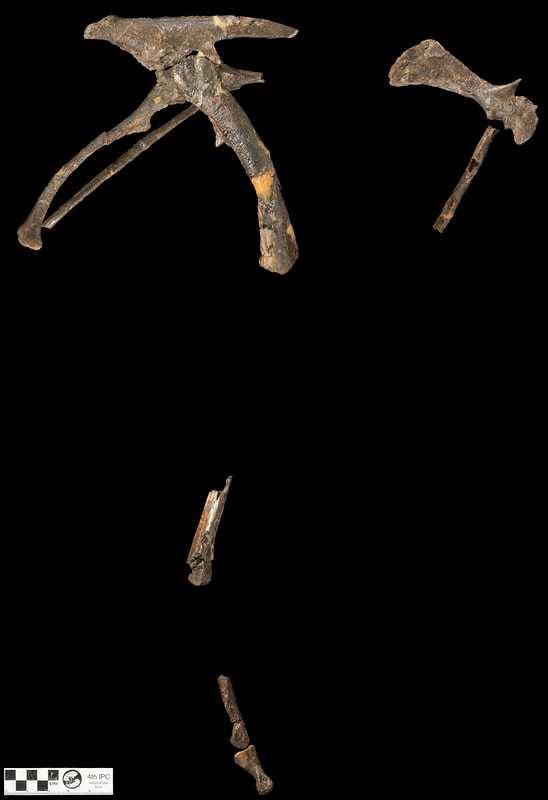 The right hind limb and forelimb of Trinisaura santamartaensis, viewed from the right hand side. The scaling of the limb bones was again based on the Victorian ornithopod specimen NMV P186047 ('Junior'), possibly referable to Leaellynasaura. The ilium (top bone in the pelvis) and scapula (shoulder blade) are both composites involving photographs of the left (flipped) and right elements superimposed. The "humerus" was the only bone that I was not sure about in terms of its identification; I wonder if it is in fact a metatarsal. The holotype and only known skeleton of Trinisaura includes several dorsal (thoracic), sacral (hip) and caudal (tail) vertebrae, both shoulder girdles, a bone identified as a humerus, four of the six bones in the pelvis (both ilia, and the right pubis and ischium), and several elements from the right hind leg and a few from the left one. Most are well preserved and undistorted (lefts and rights of the same bones show no difference in size or shape), but some were clearly more severely affected by weathering than others (like the femur). Altogether, then, we have a good understanding of the relative size and shape of Trinisaura. More importantly, it has proven possible to identify enough significant anatomical features in this specimen to differentiate it from other ornithopods and to assess its position on the ornithopod family tree. In their 2013 paper describing the new dinosaur, Rodolfo Coria and colleagues included Trinisaura in a phylogenetic analysis to determine its position among other ornithopods. They found that it sat on a branch among small- to medium-sized ornithopods from South America, including Gasparinisaura, Talenkauen and Anabisetia. Three years later, Sebastian Rozadilla and colleagues found that Trinisaura and these three ornithopods formed a natural evolutionary group together with Morrosaurus from Antarctica, and the Argentinian Macrogryphosaurus and Notohypsilophodon. In 2017, Daniel Madzia and colleagues found that the same group of ornithopods was more inclusive still, with the Australian Atlascopcosaurus and Qantassaurus joining the party. This ornithopod group, known as Elasmaria, was quite diverse during the Cretaceous in Gondwana based on the evidence at hand. The fact that the Antarctic Trinisaura and Morrosaurus, and ornithopods from Argentina and Australia, share several anatomical features and seem to be more closely related to one another than to ornithopods from elsewhere, suggests that there was a radiation of these plant-eating dinosaurs in the southern supercontinent Gondwana during the Cretaceous Period. Why this was so is unclear, although it might have been related to their geographic or climatic isolation from more northern ornithopod faunas. Indeed, despite the fact that the Cretaceous ornithopod record of Africa is poor, and that India and Madagascar have yielded none to date, it is interesting to note that one of the few known African taxa — Kangnasaurus coetzeei — also seems to show ties to this group. Hopefully, more fossils from the continents that formerly constituted Gondwana will be discovered and described in the near future to shed further light on this ornithopod radiation. References Case, J.A., Martin, J.E., Chaney, D.S., Reguero, M., Marenssi, S.A., Santillana, S.M. & Woodburne, M.O., 2000. The first duck-billed dinosaur (family Hadrosauridae) from Antarctica. Journal of Vertebrate Paleontology 20, 612–614. Coria, R.A., Moly, J.J., Reguero, M., Santillana, S. & Marenssi, S., 2013. A new ornithopod (Dinosauria; Ornithischia) from Antarctica. Cretaceous Research 41, 186–193. Hooker, J.J., Milner, A.C. & Sequeira, S.E.K., 1991. An ornithopod dinosaur from the Late Cretaceous of West Antarctica. Antarctic Science 3, 331–332. Madzia, D., Boyd, C.A. & Mazuch, M., 2018. A basal ornithopod dinosaur from the Cenomanian of the Czech Republic. Journal of Systematic Palaeontology, doi: 10.1080/14772019.2017.1371258. Rich, T.H., Vickers-Rich, P., Fernández, M. & Santillana, S., 1999. A probable hadrosaur from Seymour Island, Antarctica Peninsula. In Proceedings of the Second Gondwanan Dinosaur Symposium: National Science Museum Monograph, 15. Tomida, Y., Rich, T.H. & Vickers-Rich, P., eds, Tokyo, 219–222. Rozadilla, S., Agnolin, F.L., Novas, F.E., Aranciaga Rolando, A.M., Motta, M.J., Lirio, J.M. & Isasi, M.P., 2016. A new ornithopod (Dinosauria, Ornithischia) from the Upper Cretaceous of Antarctica and its palaeobiogeographical implications. Cretaceous Research 57, 311–324.
1 Comment
Solicitar un préstamo ahora
1/23/2024 10:39:58 am
Buenos días señor / señora,
Reply
Leave a Reply. |
Stephen PoropatChurchill Fellow (2017) on a palaeo-tour of Argentina! Archives
December 2018
Categories |
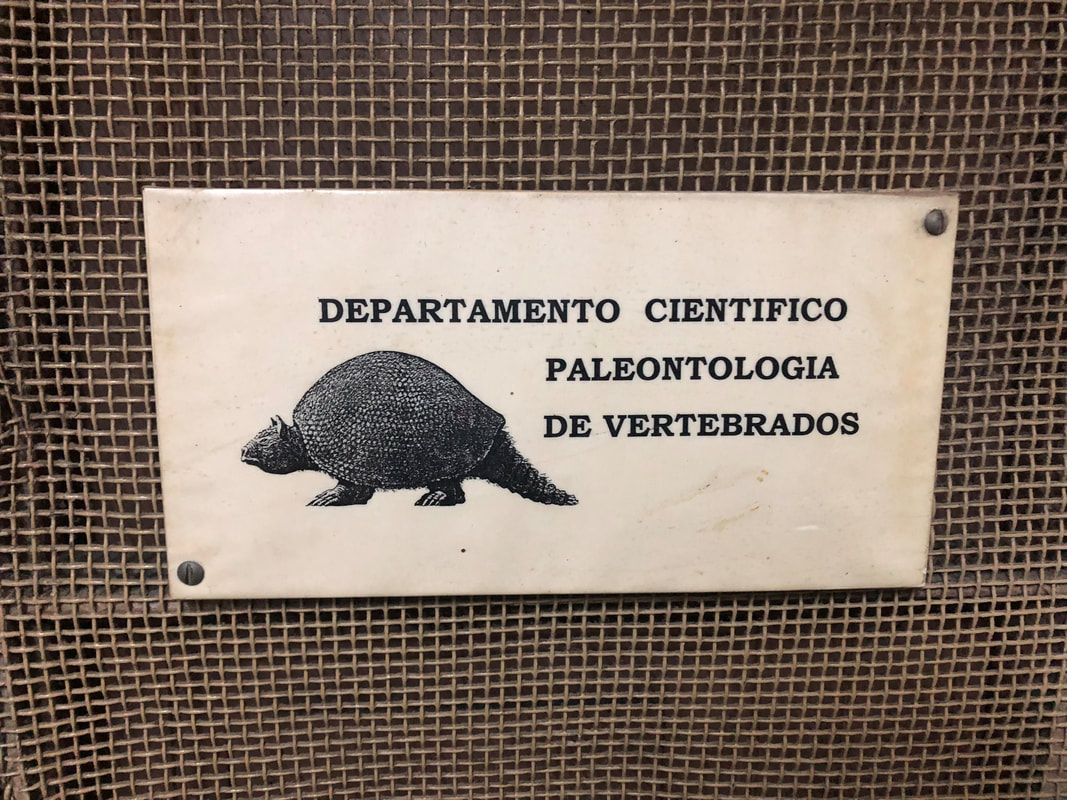
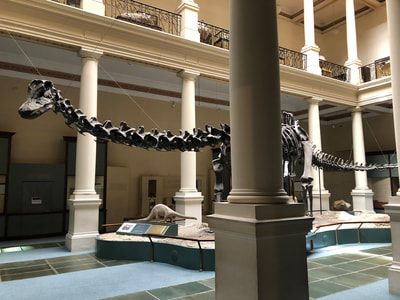
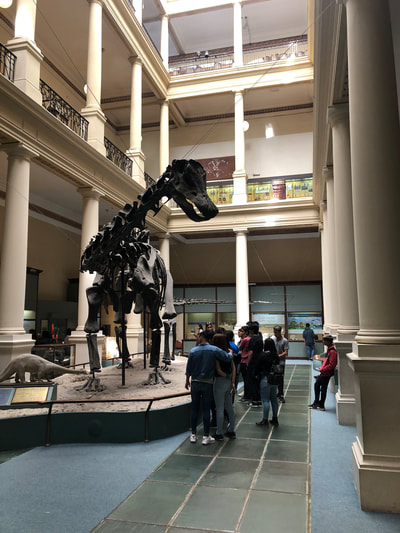
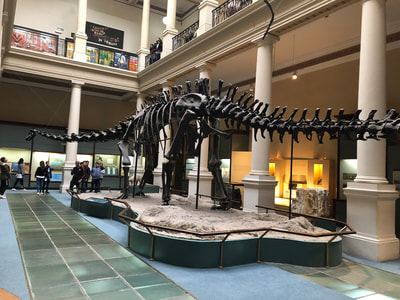
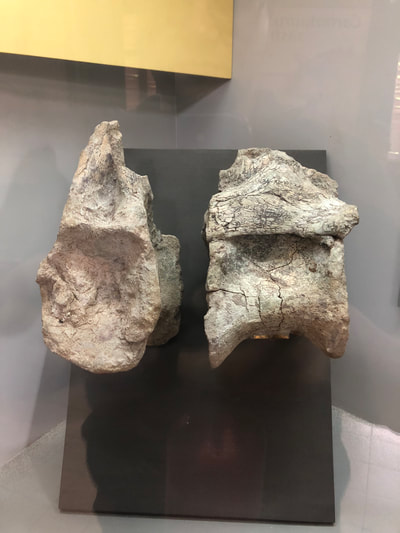
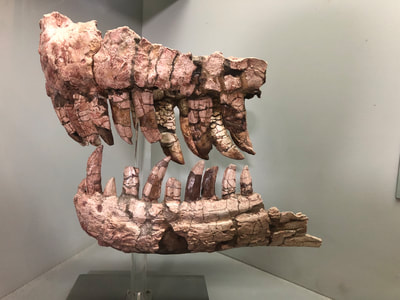
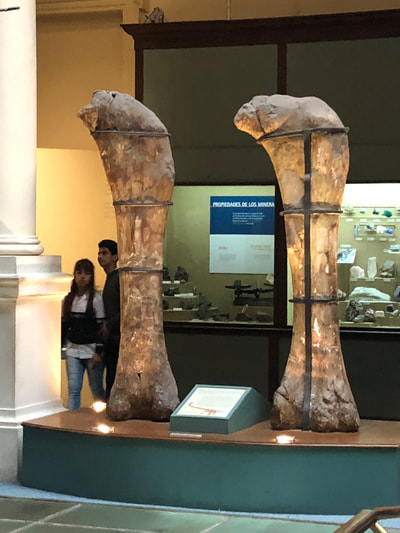
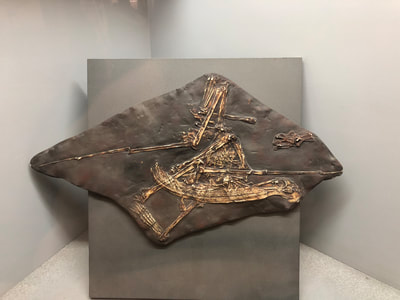
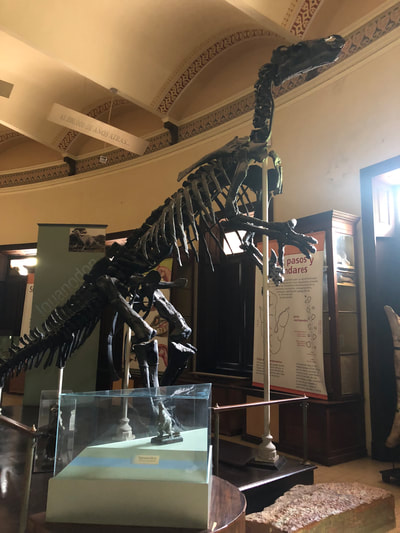
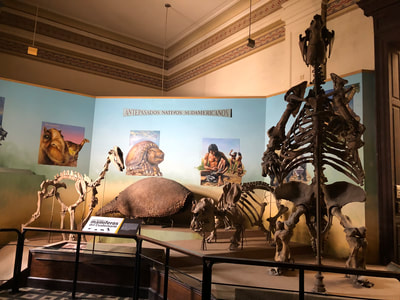
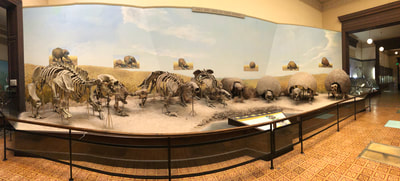
 RSS Feed
RSS Feed
